Locating a Tyre Size
Understanding what the numbers and letters on your tyre sidewall mean
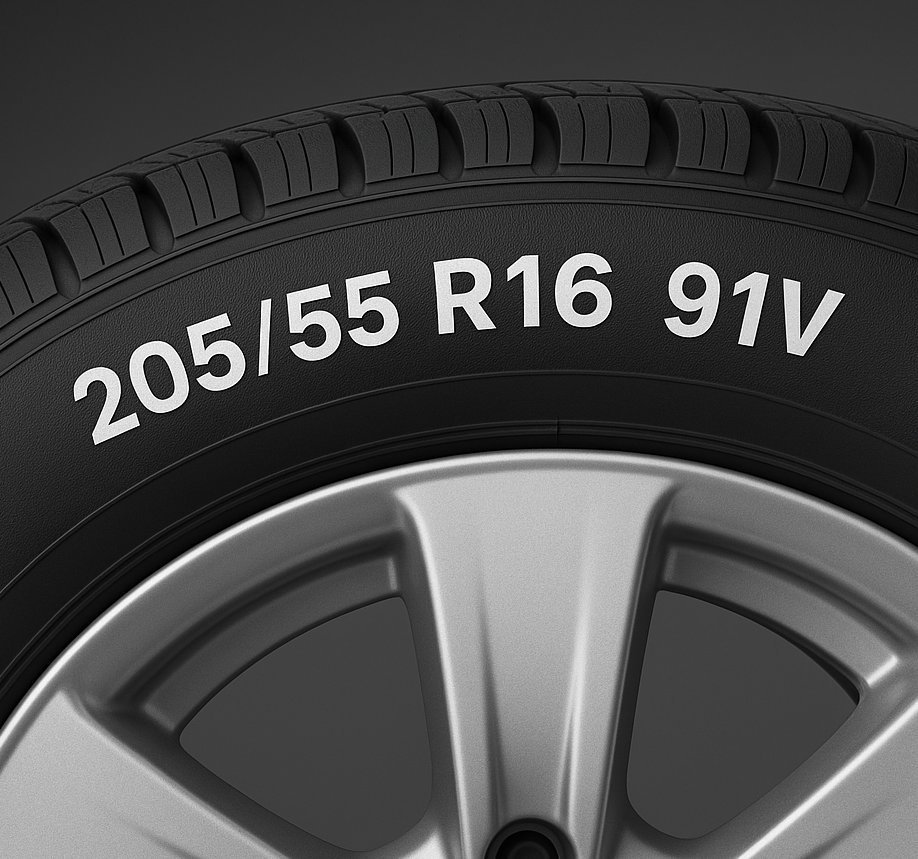
Look for the size information on the sidewall of your tyre, as shown above.
The best way to find your tyre size is by examining the sidewall of your current tyres
The tyre size code (e.g., 205/55R16 91V) contains all the essential information about your tyre's dimensions and capabilities.
Important: Check both front and rear tyres to confirm if your vehicle has staggered fitment. This is common in European vehicles but not exclusive to them.
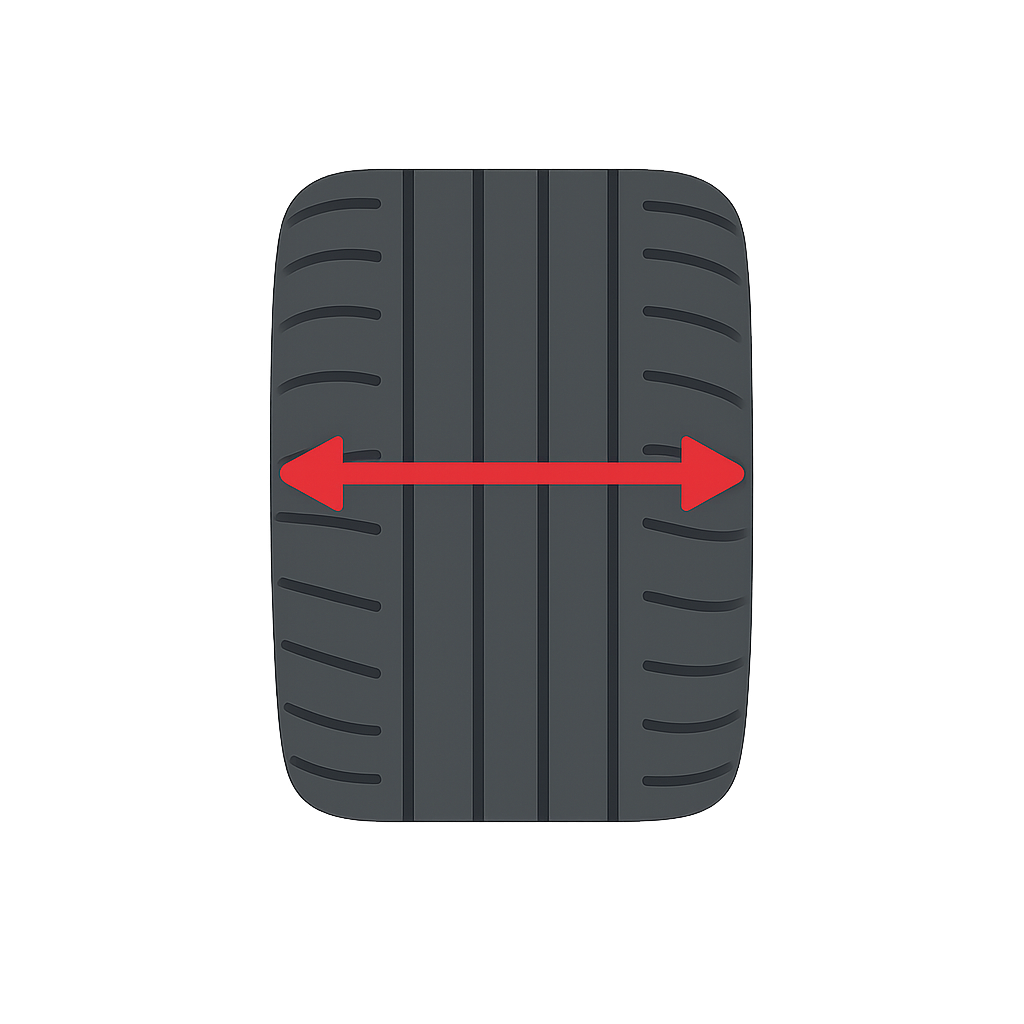
Width
Indicates the section width of a tyre in millimetres, measured from the inner sidewall to the outer sidewall.
Example: 205 means the tyre width is 205 millimetres.
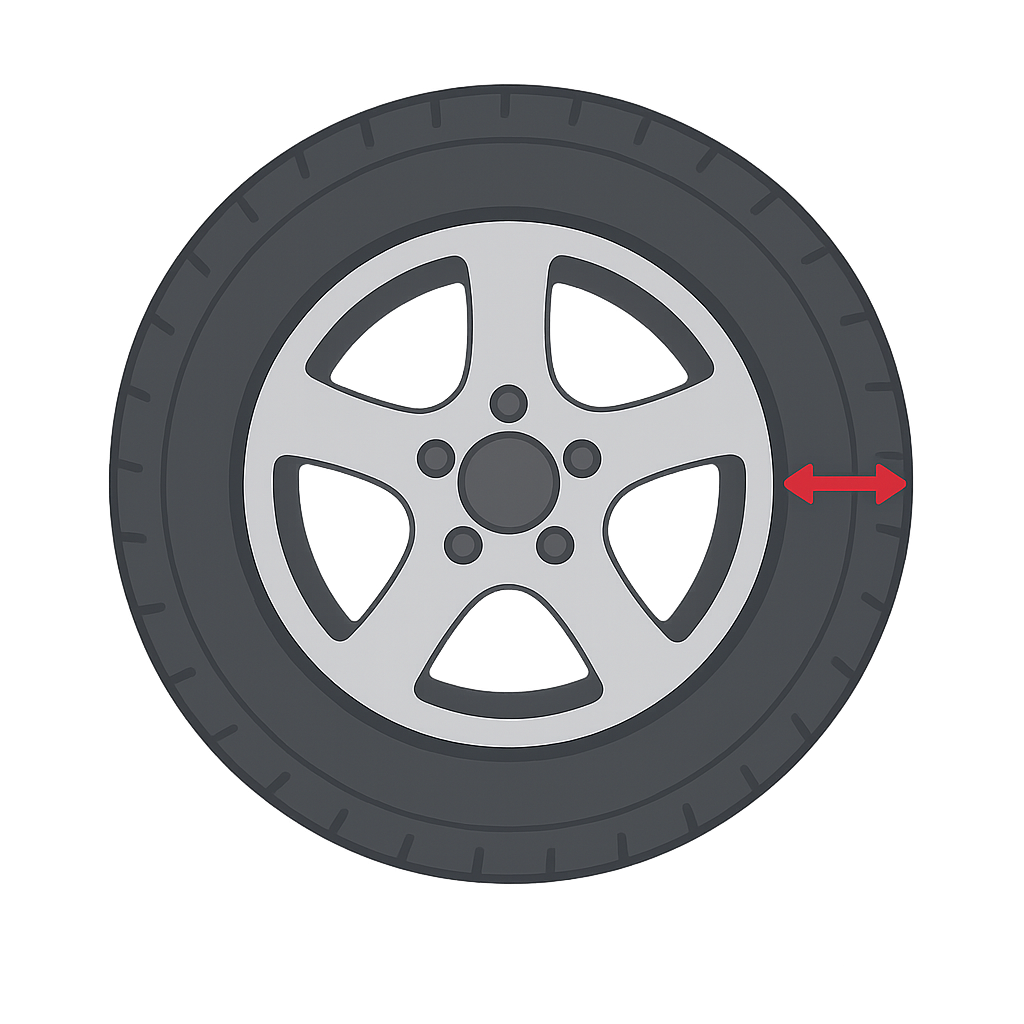
Profile
Indicates the ratio of the tyre's height to its width as a percentage. Low profile tyres have smaller aspect ratios.
Example: 55 means the height of the tyre is 55% of its width.
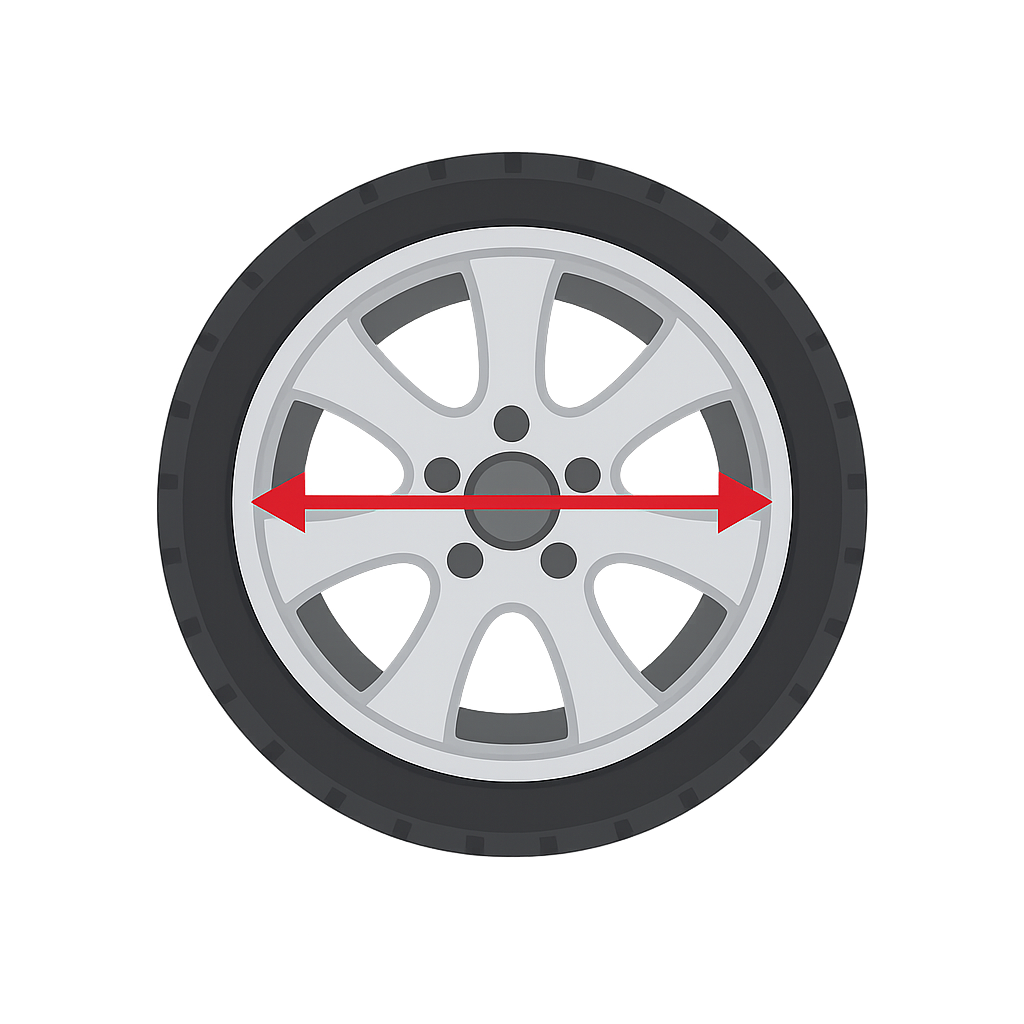
Rim
Indicates the diameter of the wheel rim in inches. The letter "R" refers to Radial construction, which is the most common type for passenger tyres.
Example: R16 means a tyre with Radial construction designed for a 16-inch rim.
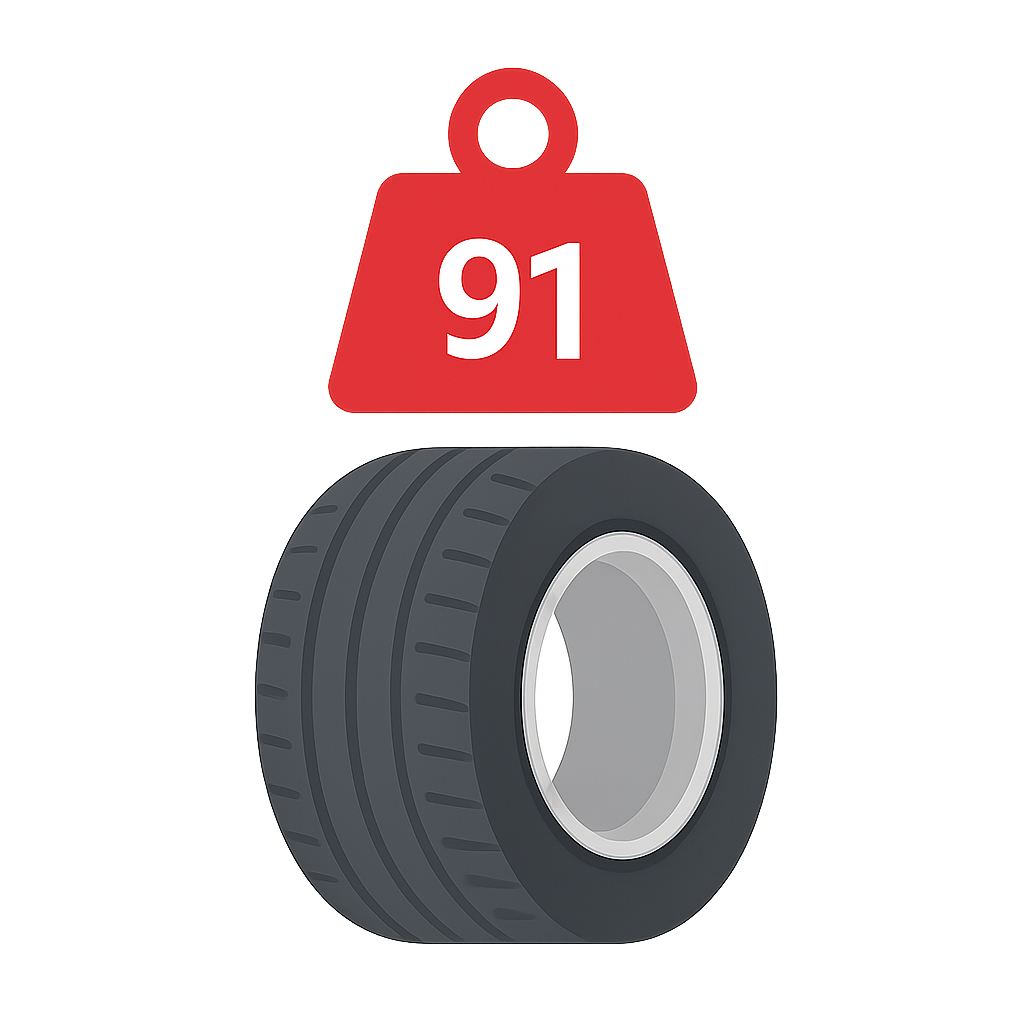
Load Index
Indicates the maximum weight capacity of the tyre. The higher the number, the more weight the tyre can safely carry.
Example: 91 represents a load capacity of 615 kg per tyre.
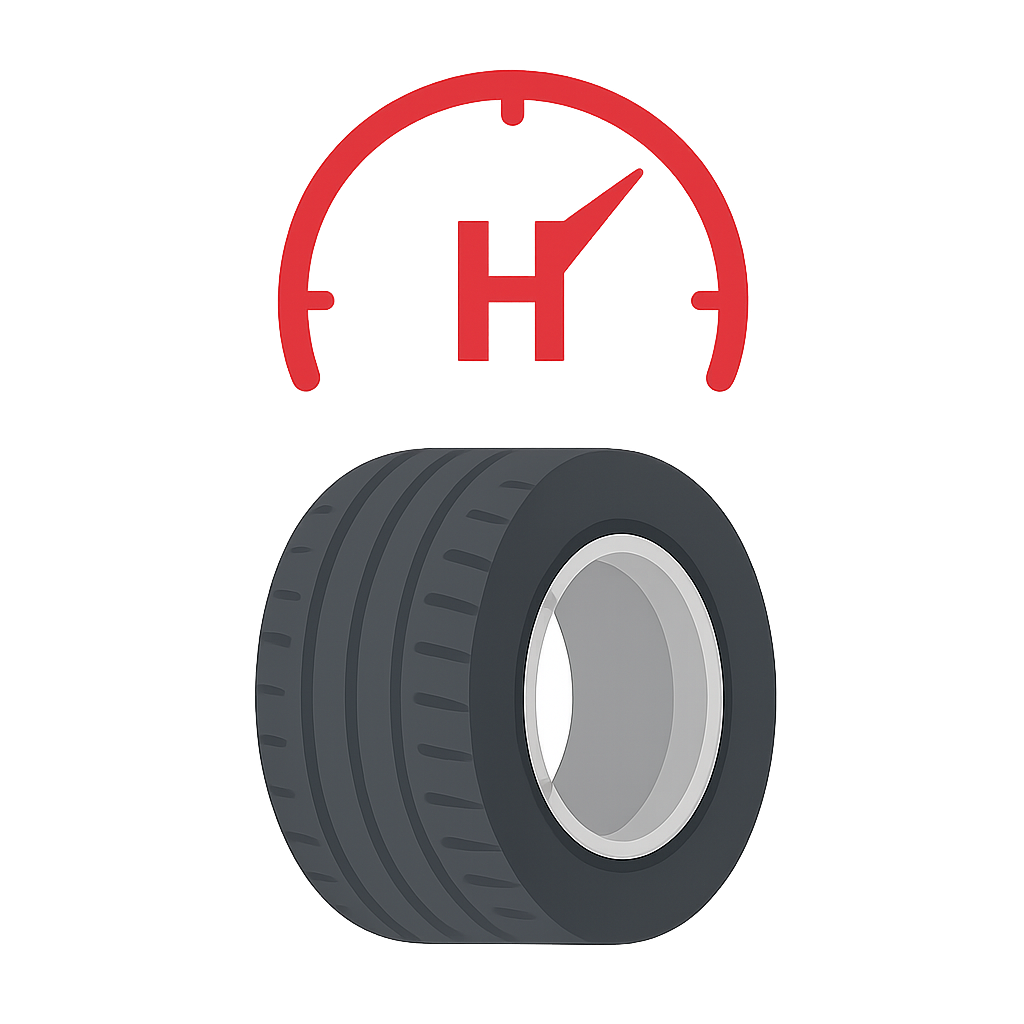
Speed Rating
Indicates the maximum speed capability of the tyre. Each letter corresponds to a specific speed rating.
Example: V indicates a maximum speed capability of 240 km/h.
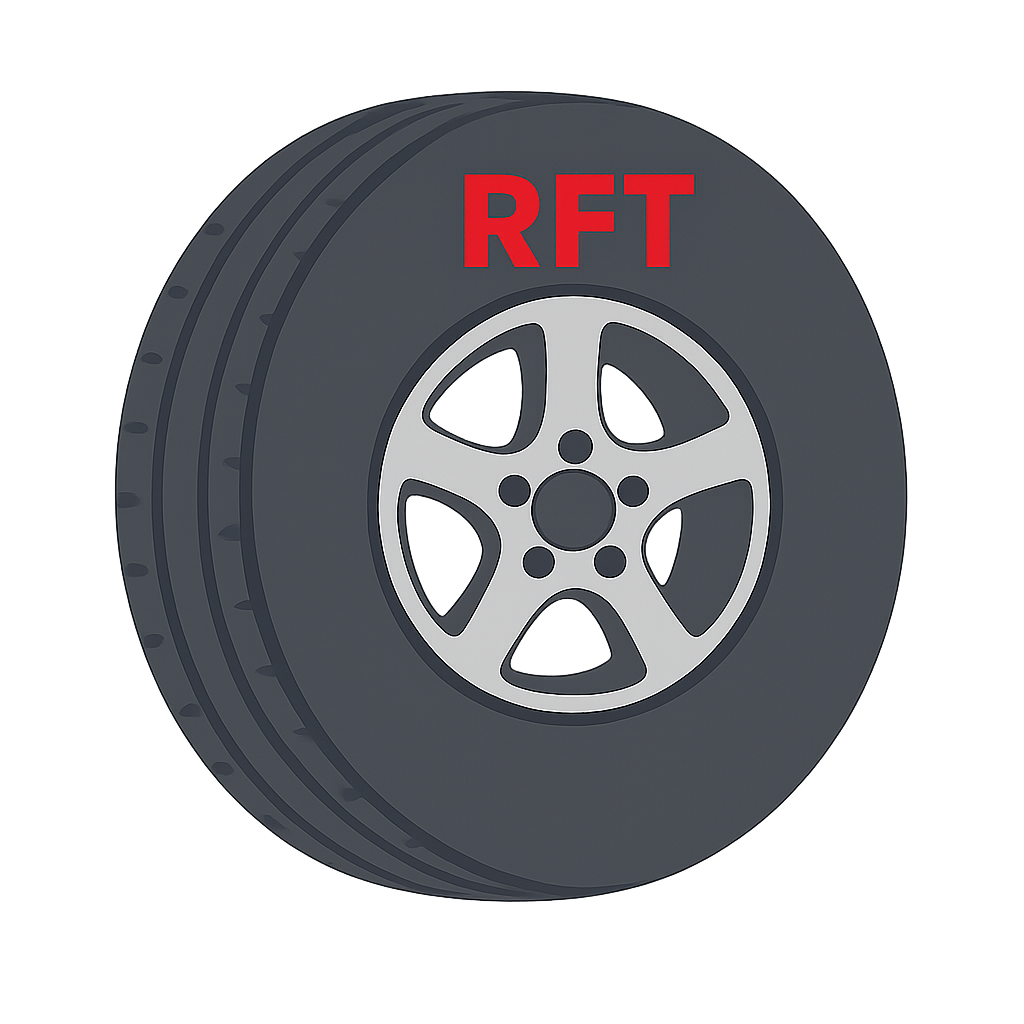
Special Markings
Tyres include various special markings that provide important information about their specifications and vehicle compatibility.
OD refers to the overall diameter of the unloaded tyre in mm. Type definitions include special markings like RFT (Run Flat Technology) and LRR (Low Rolling Resistance).
Tread Wear & UTQG Ratings
UTQG (Uniform Tire Quality Grading) includes three ratings:
- Treadwear: Comparative rating of a tyre's wear rate. Higher numbers indicate longer tread life.
- Traction: Rated AA, A, B, or C (AA is best) for a tyre's ability to stop on wet surfaces.
- Temperature: Rated A, B, or C (A is best) for a tyre's resistance to heat buildup.
Example: "500 A A" means 500 treadwear, A traction, A temperature
Understanding DOT Codes
The DOT code on your tyre sidewall contains important manufacturing information:
- First 2-3 characters: Manufacturing plant code
- Next 5-7 characters: Tyre size and specification
- Last 4 digits: Date of manufacture (week/year)
Example: "2519" means manufactured in the 25th week of 2019
When to Replace Your Tyres
Consider replacing your tyres when:
- Tread depth is below 1.6mm (legal minimum in Australia)
- Visible damage like cuts, bulges, or cracks appears
- Uneven wear patterns develop across the tread
- Tyres are more than 5-6 years old (even with good tread)
- Vehicle handling feels compromised or unstable
Common Tyre Types & Their Uses
All-Season
Good year-round performance in moderate conditions
Summer/Performance
Excellent grip and handling in dry/wet conditions
All-Terrain
Balanced on-road comfort with off-road capability
Mud-Terrain
Maximum off-road traction in challenging conditions
Highway Terrain
Designed for SUVs and 4WDs used primarily on-road
Run-Flat
Can be driven on temporarily after loss of pressure
Need Help?
If you're unsure about your tyre size or need assistance choosing the right tyres for your vehicle, please don't hesitate to contact us.
